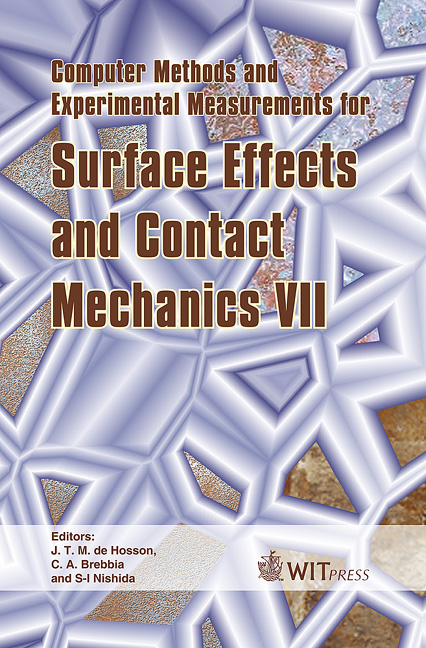Current Crowding Phenomenon In JBS Structures
Price
Free (open access)
Transaction
Volume
49
Pages
10
Published
2005
Size
364 kb
Paper DOI
10.2495/SECM050381
Copyright
WIT Press
Author(s)
T. Rang, R. Kurel, G. Higelin & L. Poirier
Abstract
In this paper the current crowding phenomenon in complementary 6H-SiC JBS structures using numerical simulation tools MEDICI and DYNAMIT-2D is investigated. The influence of ambient temperatures, barrier height (work function) and epilayer concentration on behaviour of current flow is treated. Three different types of current crowding mechanisms could be observed in JBS devices. Two of them take place under forward bias conditions (caused by the inhomogeneities at the SiC metal interface or introducing the comparable lateral current component through the arbitrary pn-junction). When the change of the barrier height has a very strong influence on current flow distribution, then in other situations a clear current crowding effect can be seen only in some special combinations of influencing parameters and especially around the areas where the arbitrary pn-junction reaches the upper contact of the structures near the edge of the Schottky interface. Under reverse bias, when the current flows away from region under the arbitrary pn-junction of the JBS device and concentrates into the section under the Schottky contact due to the built-in electrical field inside the JBS device, which deforms the Schottky barrier height and width as well, a clear current crowding situation is followed. In this paper both of the last two mechanisms are discussed. Keywords: SiC, pn-junction, Schottky junction, current crowding, numerical modelling. 1 Introduction Silicon Carbide (SiC) is considered to be a very promising material for high temperature and high power applications due to its high breakdown field and
Keywords
SiC, pn-junction, Schottky junction, current crowding, numerical modelling.





